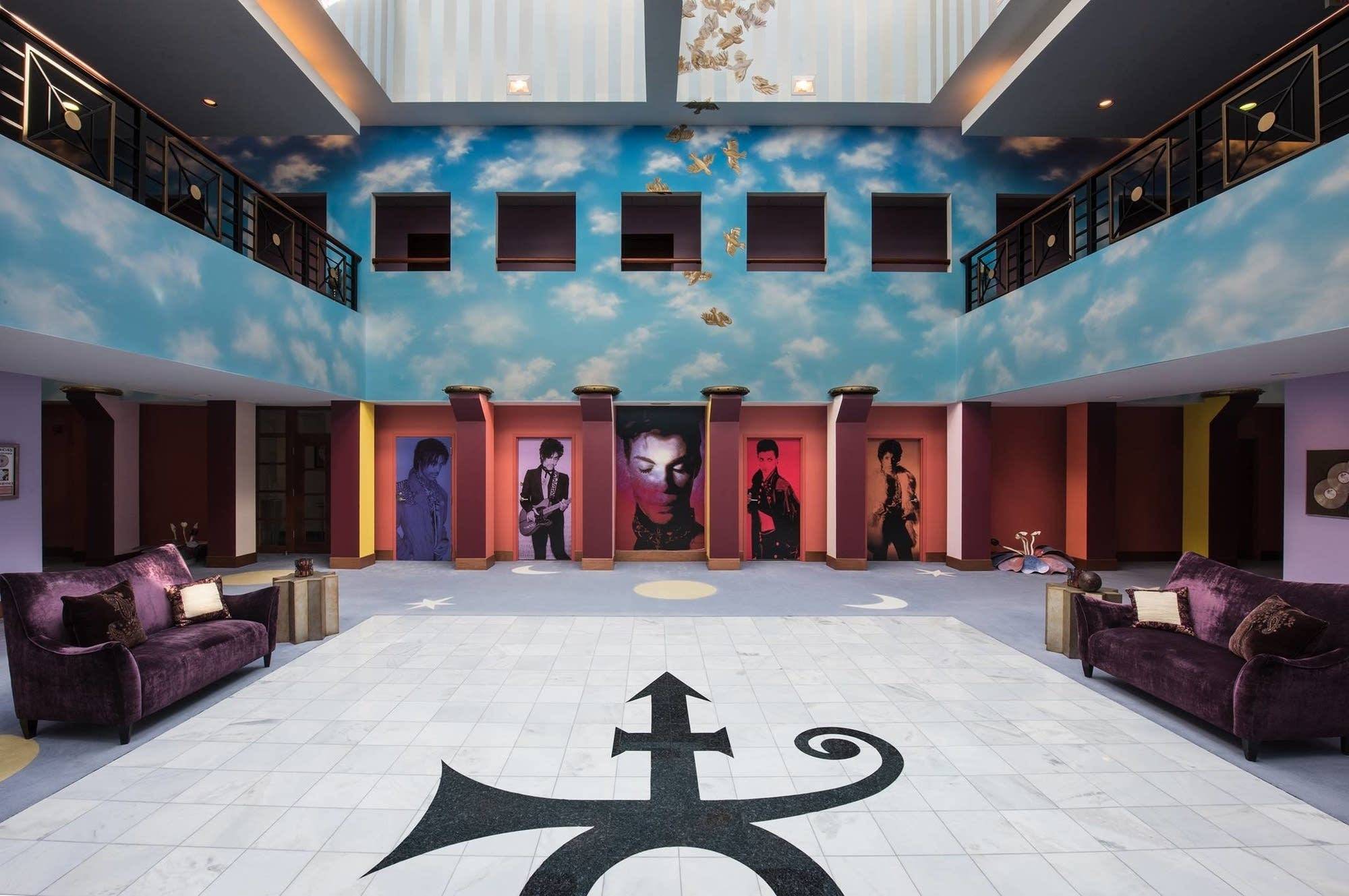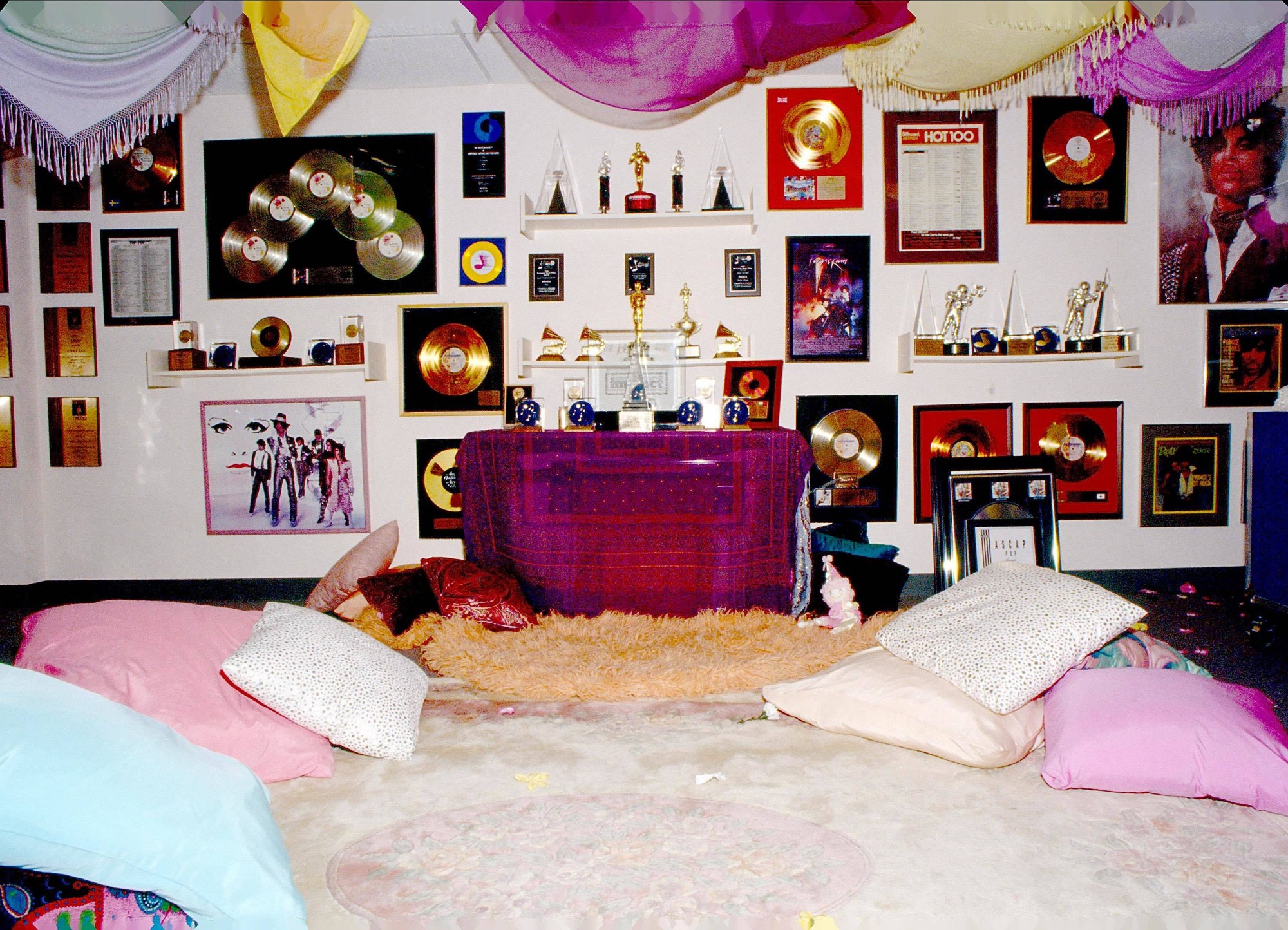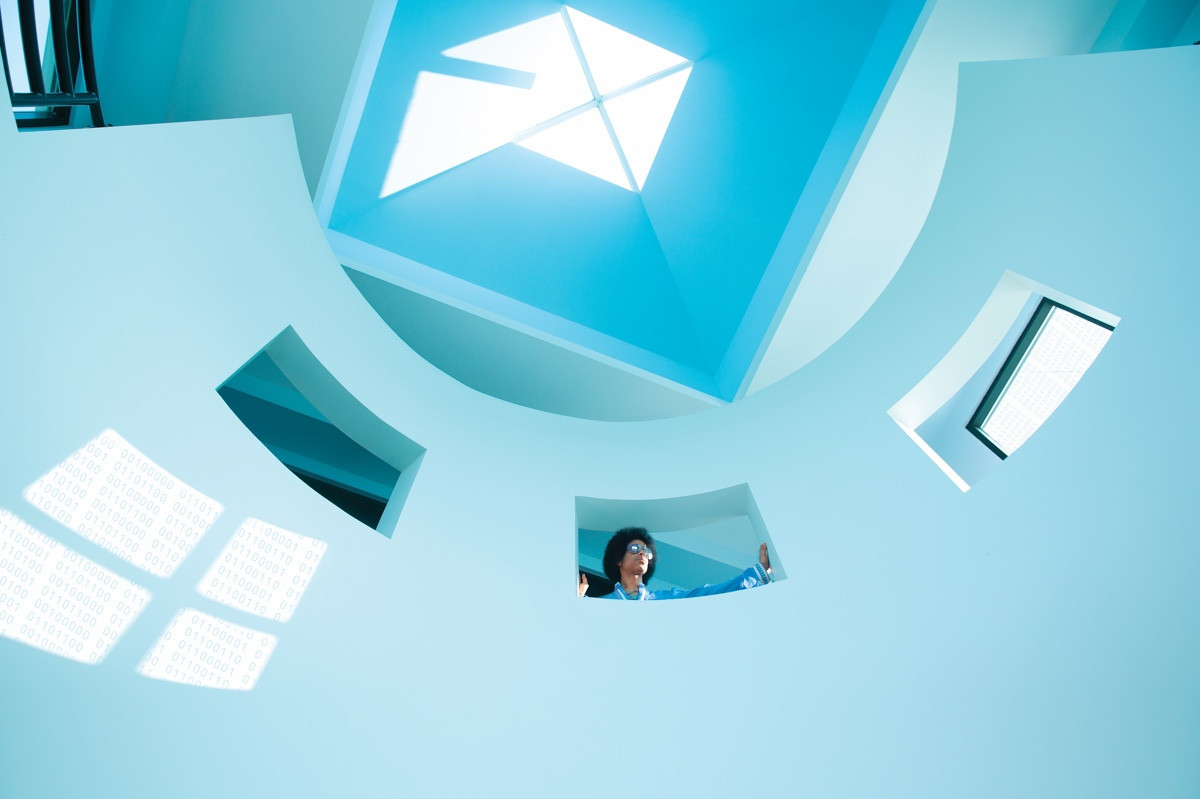Before his death on April 21 of last year, it was Prince’s dream to make his $10 million studio complex and home in Minneapolis a public museum. His wish was granted in October, 2016 — Paisley Park is not only open to the public, it’s also hosting a first-annual weekend festival from April 20-23 called Celebration, marking the one-year anniversary of the legendary musician’s passing.
Prince’s legacy will be celebrated with performances by musicians who knew him well. His 1990s backing band The Revolution will take the stage, so will his all-female backing band from the 2000s, 3rdeyegirl. And the backing band New Power Generation, who recorded with Prince on his last album, will perform, as well as Liv Warfield & Shelby J, who have been called Prince’s protégés.
Also on the lineup: a performance by Minneapolis funk band Morris Day & the Time, who Prince signed to Warner Bros. in the 1980s, as well as panel discussions with Prince’s friends and guided tours of the museum. Three new Prince books will be released: one devoted to the Celebration, one about his costumes, and one about his musical instruments.
“They give you a rare look inside the Paisley Park archives, as well as the facility that Prince created,” said Angie Marchese, the director of archives at Paisley Park, which is now partnered with Elvis Presley Enterprises. “The vision for the space was set forth by Prince, we just followed his wishes.”

The 65,000-square-foot complex was first built in 1987 by Los Angeles architect Bret Theony, who was just 23 years old at the time. Named after his 1985 song “Paisley Park,” the mansion was where Prince lived, recorded, rehearsed for tours, and performed (often at the onsite nightclub). Everyone from Neil Young to Barry Manilow has performed in the home and every room has been wired for sound, so that Prince could record anywhere he chose. The building complex is located in Chanhassen (just southwest of Minneapolis) and opened last fall with the help of Prince’s brother-in-law Maurice Phillips (who is married to Prince’s sister Tyke Nelson).
In the two years leading up to his death, Prince put together photo murals, award cases and displays related to his discography, as well as tours. The tours take fans inside Prince’s private studio, which is riddled with artefacts from his personal archives, like his concert wardrobe, his awards, guitars, and motorbikes. On view are 121 guitars, 12 cars, eight pianos, 1,000 pairs of shoes and 6,400 outfits — which is only 20 percent of his stuff.

“The entire museum is basically his vision,” said Marchese. “A lot of the graphics he actually had already printed and installed, we simply added the artifacts to the rooms that help tell the story that he wanted to tell — we were guided by emails that he wrote back to the early 2000s. It really was simple: He knew what he wanted and it was just our job to execute it.”
He planned to design the museum to represent different eras in his career starting with the Dirty Mind years in the 1980s. The public tours visit Studio A, where he recorded several albums, and which offers a look at his handwritten lyrics, love symbol guitar, and the motorcycle from the Purple Rain music video.
Unexpected highlights include the black-lit Galaxy Room, which was intended as a meditation retreat (it’s filled with Prince’s own paintings of planets). Walking through the halls visitors can see a letter of condolence from the Obamas in purple ink, Prince’s Hohner “MadCat” Telecaster he played on 1981’s Controversy album, and pages from the notebook in which he wrote the 1977 song “Soft and Wet.”
Prince was a private person and made special requests for where to put the red tape. There is a secret vault, off-limit to visitors, which holds his master tapes, and his personal living quarters and dressing room on the second floor are roped off. This is also where his two pet doves, named Divinity and Majesty, still live in their cages (some have heard them chirping).

What makes Paisley Park magical is that the premises remain exactly as Prince left them on the day he died; the books he was reading are strewn about (the Bible, books on Egyptian gods and African Queens), and the scent of his favorite potpourri lingers around the house. The tour also offers a listen to an untitled piece that was Prince’s last, unreleased song.
The VIP tours include a tour of Studio B and his editing room. While no photos are allowed, you can pay $10 to have your photo taken in the studio and are given a USB with the photo on your way out, as mobile phones are forbidden on the tours.
The onsite restaurant offers Prince’s favourite vegan dishes cooked up by his personal chef. “Paisley Park basically represents everything that Prince is as an artist as an inspiration and as a person,” said Marchese. “He wanted a place where he could do anything he wanted under one roof and that’s what this is.”
As one might expect, purple is a common theme in the museum: you can see Prince’s purple jacket, the purple piano he sometimes danced on, and many purple couches. Fans can even play ping pong on Prince’s own personal ping pong table.
On the more educational side, there are looped videos of people who knew the artist talking about Prince’s musical legacy, as well as unreleased concert footage and videos that explain the story behind the outfits and the guitars. Guests can also visit his private NPG Music Club, where Prince would hold impromptu concerts for an audience of 1,000 people. “Just being in the creative spaces that inspired Prince as an artist — walking into Studio A, or seeing his private office — you’re able to just feel the creative energy that is Paisley Park,” said Marchese.
It comes as an unexpected surprise that Prince’s ashes are in the front atrium of his home. They are held in an urn fashioned like a miniature replica of Paisley Park. “There have been lots of smiles, lots of tears, lots of love,” said Marchese. “It’s just what Prince wanted.”
Related: Why Prince’s mansion-shaped urn is art, according to its creator
Credits
Text Nadja Sayej
All images courtesy of Paisley Park
